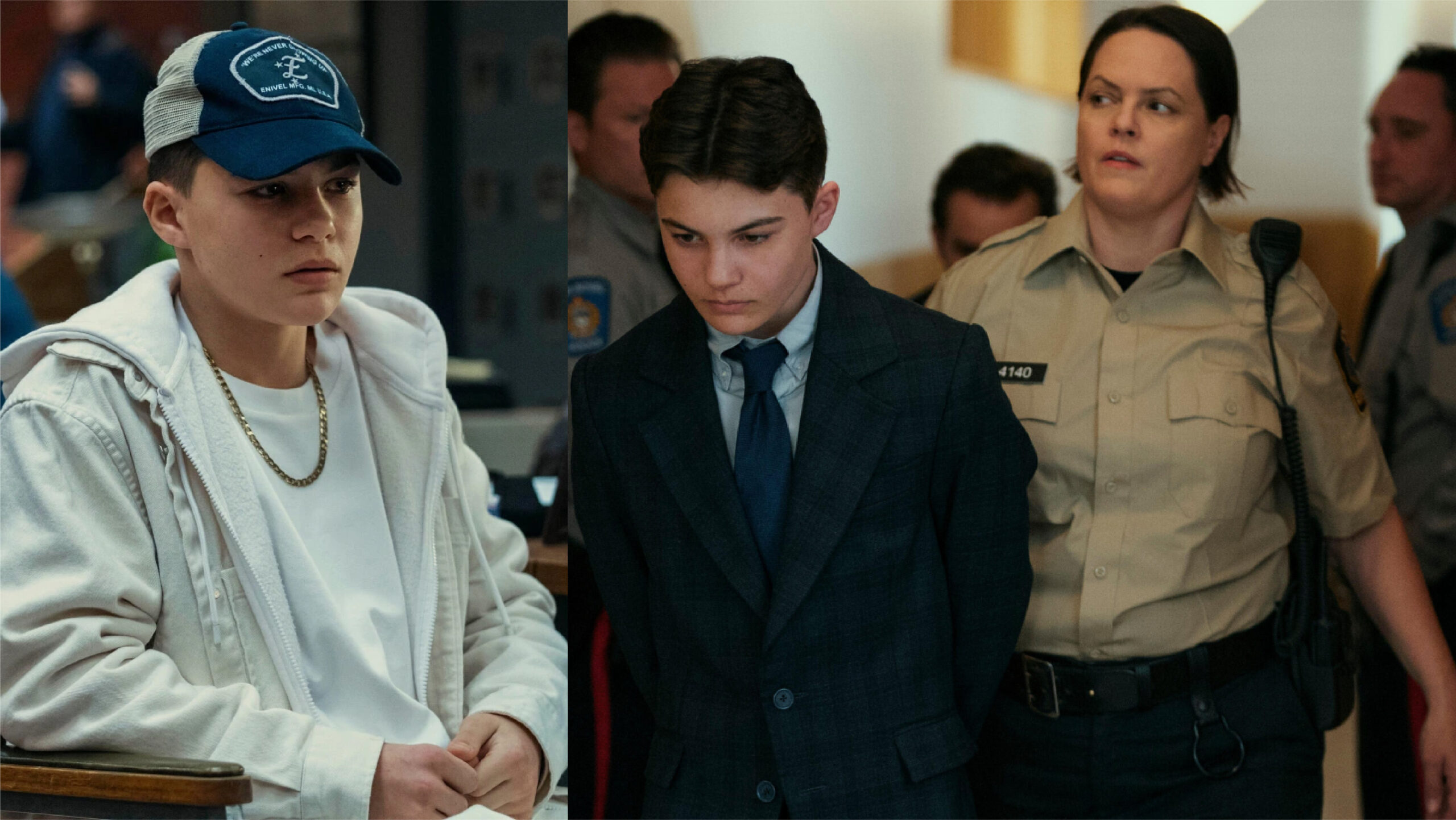The name Warren Glowatski is well-known in Canadian true crime history due to his involvement in the tragic murder of Reena Virk in 1997. Alongside several other teens, Glowatski was convicted for his role in the brutal crime that shocked the nation. Over two decades later, Glowatski’s life today is a subject of interest for many who followed the case, particularly in the context of rehabilitation, redemption, and his ongoing efforts to rebuild his life after serving time in prison. This article delves into who Warren Glowatski is today, examining the path his life has taken since his release and the lessons society can learn from his journey.
The Background: Warren Glowatski and the Reena Virk Case
To understand Warren Glowatski today, it is essential to revisit the events that thrust him into the public eye. In November 1997, 14-year-old Reena Virk was beaten and drowned by a group of teens in Victoria, British Columbia. Her murder was widely covered in the media due to its shocking nature the fact that such a brutal crime could be committed by young individuals sent shockwaves across Canada.
Glowatski, 16 at the time, was one of the seven youths involved in the attack on Reena. While initially beaten by a group of girls, Reena managed to escape but was followed by Glowatski and Kelly Ellard. It was Glowatski and Ellard who were ultimately convicted for Reena’s drowning. In 1999, Glowatski was sentenced to life in prison for second-degree murder, and Ellard, a co-accused, was also eventually found guilty.
Glowatski’s Life in Prison
During his time in prison, Glowatski’s transformation began to take root. Although his crime was heinous, Glowatski began to show remorse for his actions early on. His time behind bars wasn’t just a punishment it became a period of introspection and growth. Glowatski participated in several rehabilitative programs, including counseling sessions focused on anger management, conflict resolution, and understanding the impact of his actions.
He publicly expressed regret for his role in Reena Virk’s murder, and his remorse was seen as genuine by those working within the prison system. This acknowledgement of guilt and his willingness to change helped pave the way for him to be considered for parole.
In 2004, he became eligible for day parole, and in 2010, he was granted full parole. Glowatski’s parole came with a number of conditions, but it was seen as a reflection of his rehabilitation and the belief that he no longer posed a threat to society.
Warren Glowatski Today: A Life of Redemption
So, where is Warren Glowatski today? After being released from prison on full parole in 2010, Glowatski has maintained a relatively low profile, though his journey from convicted murderer to reformed individual has been well-documented.
One of the key elements of Glowatski’s post-prison life is his continued efforts to demonstrate remorse and give back to society. He has engaged in community work, often in partnership with organizations focused on youth rehabilitation and restorative justice. Glowatski’s message to young people is one of accountability, reflection, and the importance of making better choices. His own experiences as a troubled teen who made devastating decisions have provided him with a platform to speak to others about the consequences of violence and peer pressure.
A Shift Toward Restorative Justice
Restorative justice is a key component of Glowatski’s life today. Restorative justice focuses on rehabilitation through reconciliation with victims and the community at large. In Glowatski’s case, this process was exemplified by his eventual meeting with the Virk family. Suman Virk, Reena’s mother, became an outspoken advocate for youth rehabilitation, and in a remarkable and emotionally charged step, she met with Glowatski as part of the restorative justice process.
Glowatski’s willingness to face the Virk family and express his deep remorse was seen as a major step in his rehabilitation. While nothing could undo the tragedy of Reena’s murder, the meeting between Glowatski and the Virk family was seen as a powerful example of how individuals can confront their past wrongs and work towards healing.
Keeping a Low Profile
Since his release, Warren Glowatski has largely stayed out of the public eye, likely in an effort to avoid reopening old wounds for the Virk family or reliving the painful memories of the past. By keeping a low profile, he has been able to focus on his personal life and continued self-improvement. Unlike some who emerge from high-profile criminal cases seeking media attention, Glowatski appears to have chosen a quieter path, allowing his actions, rather than words, to speak for his reformation.
Though details about his day-to-day life are scarce, reports suggest that Glowatski has taken steps to reintegrate into society by finding steady employment and building a life for himself outside the prison walls. His ongoing commitment to restorative justice principles and community work is central to his identity today, showing a clear departure from the troubled teen who was involved in a horrific crime over two decades ago.
Lessons From Warren Glowatski’s Journey
Warren Glowatski’s journey offers several important lessons, not only for individuals but for society as a whole. The first lesson is that remorse and rehabilitation are possible, even for those who have committed serious crimes. While Glowatski’s actions in 1997 were inexcusable, his willingness to confront what he did, take responsibility, and work towards bettering himself is a testament to the potential for change.
The Role of Youth in Crime and Rehabilitation
The fact that Warren Glowatski was just 16 years old at the time of Reena Virk’s murder is significant. Teenagers, while accountable for their actions, often make decisions without fully understanding the long-term consequences. The justice system’s treatment of youth offenders like Glowatski reflects an understanding that young people are capable of change, provided they are given the right opportunities and support to do so.
Youth rehabilitation programs, such as those Glowatski participated in during his time in prison, play a crucial role in helping troubled teens reflect on their past mistakes and chart a new path forward. Glowatski’s transformation can serve as a reminder that, with the right interventions, young offenders can emerge as contributing members of society.
The Power of Forgiveness and Restorative Justice
Perhaps one of the most powerful aspects of Warren Glowatski’s story is the role of restorative justice. The idea that someone who was involved in a terrible crime could sit down with the victim’s family, express genuine remorse, and seek to atone for their actions is profound. It speaks to the potential for healing, not only for the offender but also for the victim’s family and the community as a whole.
For the Virk family, their engagement with restorative justice and their willingness to meet with Glowatski demonstrates the extraordinary power of forgiveness. Though they will never forget what happened to their daughter, the meeting with Glowatski allowed for a level of closure and healing that a traditional justice system might not have provided.
Conclusion: The Continued Evolution of Warren Glowatski
Warren Glowatski’s life today is a testament to the idea that change is possible, even in the wake of profound tragedy. Though his name will forever be linked to one of Canada’s most notorious crimes, his journey since then has been one of redemption and personal growth. From his time in prison, where he began to reflect on his actions, to his involvement in restorative justice and community work, Glowatski’s path has been marked by a desire to atone for his past.
Read more: Peter Doocy’s Wife Illness: Understanding the Personal Struggles Behind the Headlines




